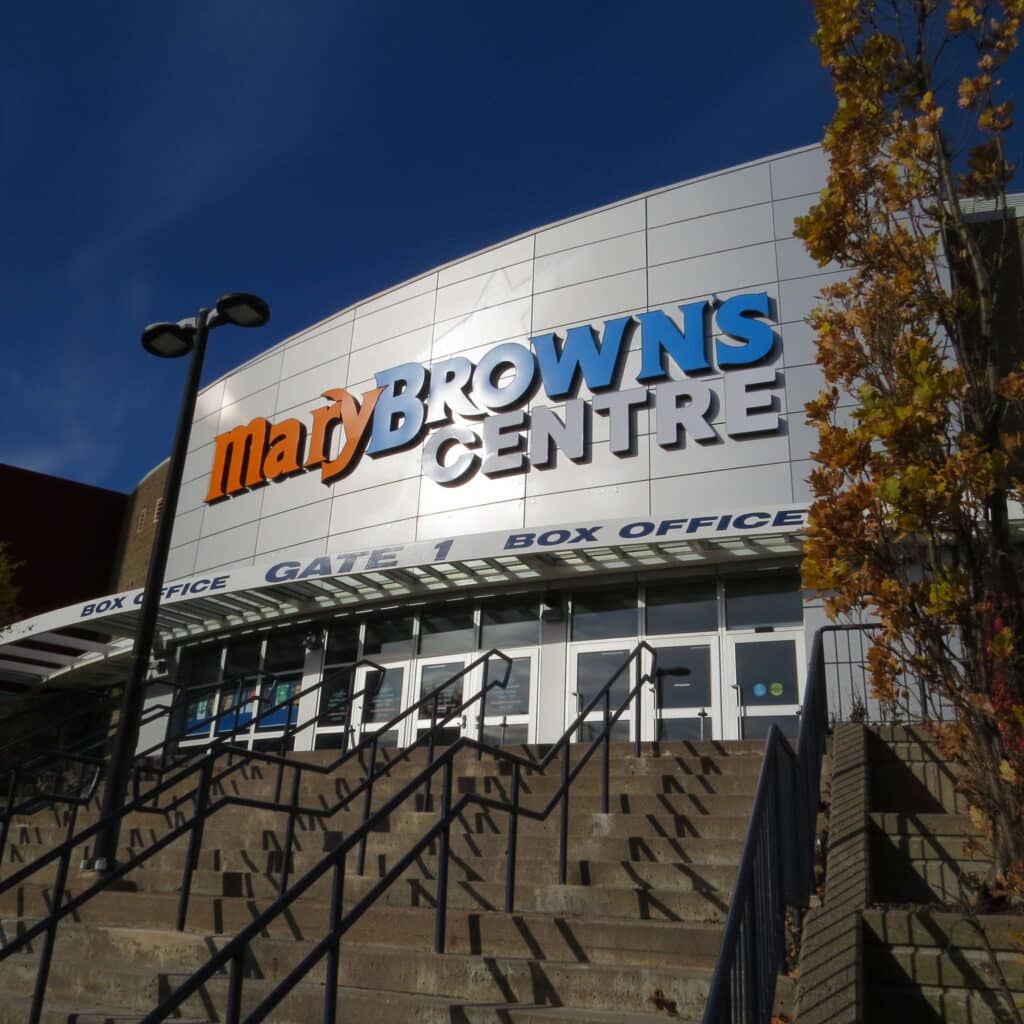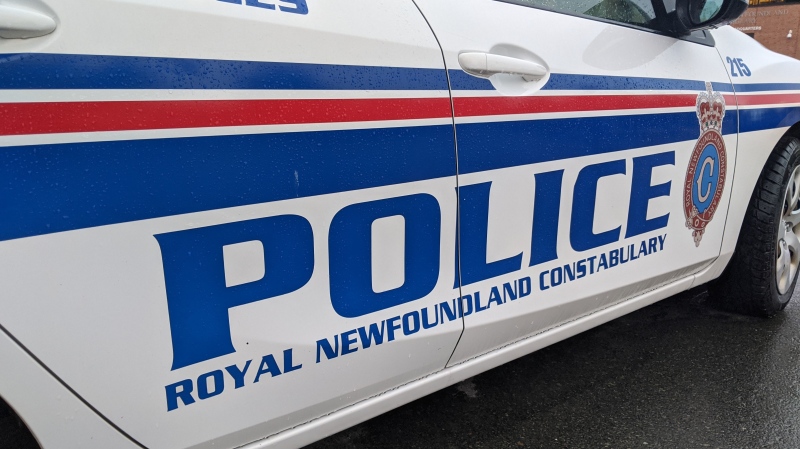The Puck Stops Here: A Call for Municipal Action
As the saying goes, “all politics is local.” And when it comes to the game of hockey, the same can be said. While the sport may be beloved on a national and international level, it is at the municipal level where the true impact of hockey is felt. From community rinks to local leagues, hockey plays a significant role in the lives of many citizens. However, it is also at this level where the sport faces its greatest challenges.
Municipalities across the country are struggling to keep up with the demands of maintaining and operating hockey facilities. The cost of ice time, equipment, and staffing has become a burden for many communities, leading to the closure of rinks and the decline of local leagues. This not only affects the sport itself, but also has a ripple effect on the social and economic well-being of these communities.
But it doesn’t have to be this way. Municipalities have the power to make a difference and ensure that the puck continues to stop in their communities. By investing in and prioritizing the development and maintenance of hockey facilities, local governments can not only support the sport, but also promote physical activity, community engagement, and economic growth.
One way to achieve this is through partnerships with local businesses and organizations. By working together, municipalities can secure funding and resources to improve and expand their hockey facilities. This not only benefits the community, but also provides opportunities for businesses to give back and showcase their commitment to the local area.
Furthermore, municipalities can also implement policies and programs that promote accessibility and inclusivity in hockey. This can include initiatives such as subsidized ice time for low-income families, equipment lending programs, and diversity and inclusion training for coaches and staff. By making hockey more accessible and welcoming, communities can ensure that everyone has the opportunity to participate in this beloved sport.
In addition, municipalities can also support the development of local leagues and teams by providing resources and infrastructure. This not only encourages the growth of the sport, but also fosters a sense of community and pride among players and fans.
It is clear that the puck stops in our communities, and it is up to municipalities to take action and ensure that it continues to do so. By investing in hockey facilities, promoting accessibility and inclusivity, and supporting local leagues, municipalities can not only keep the sport alive, but also create a stronger and more vibrant community. Let’s make sure that the puck continues to stop in our communities for generations to come.




